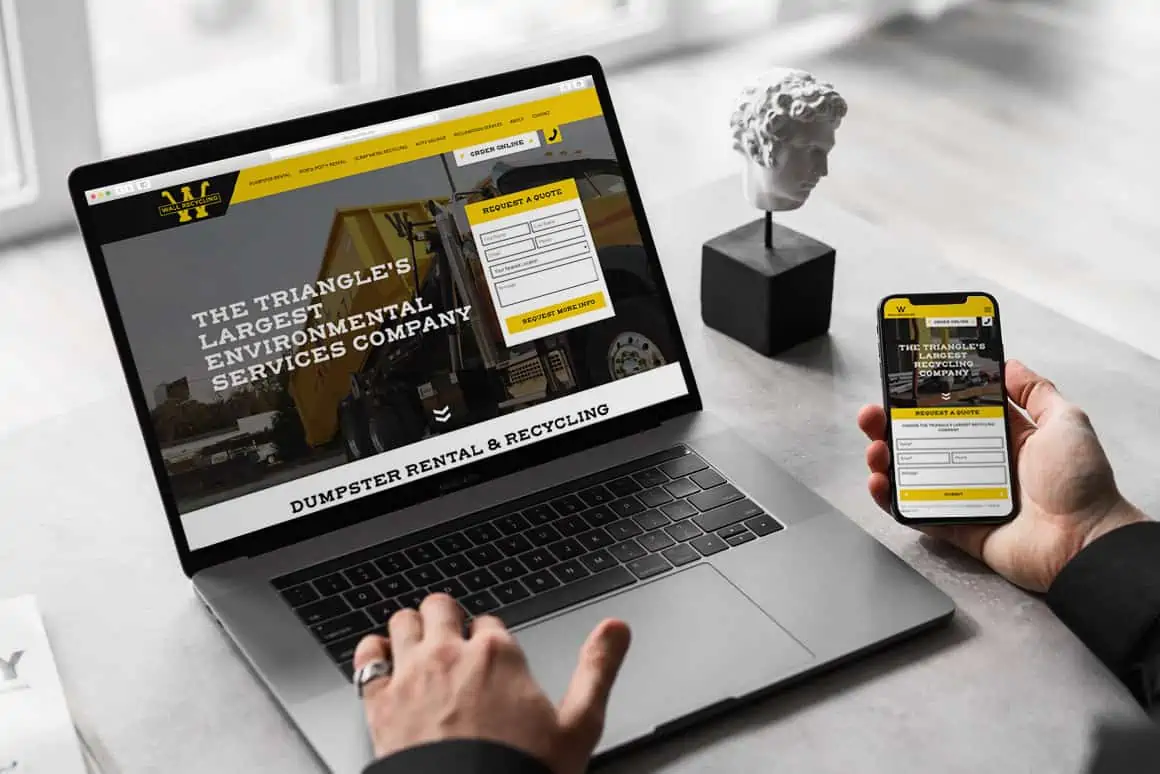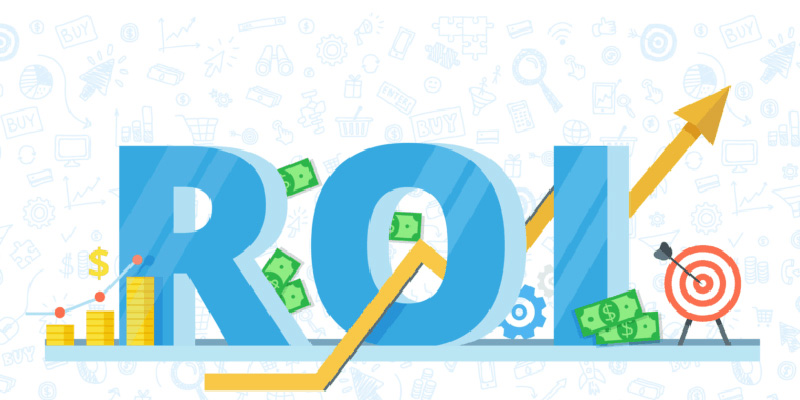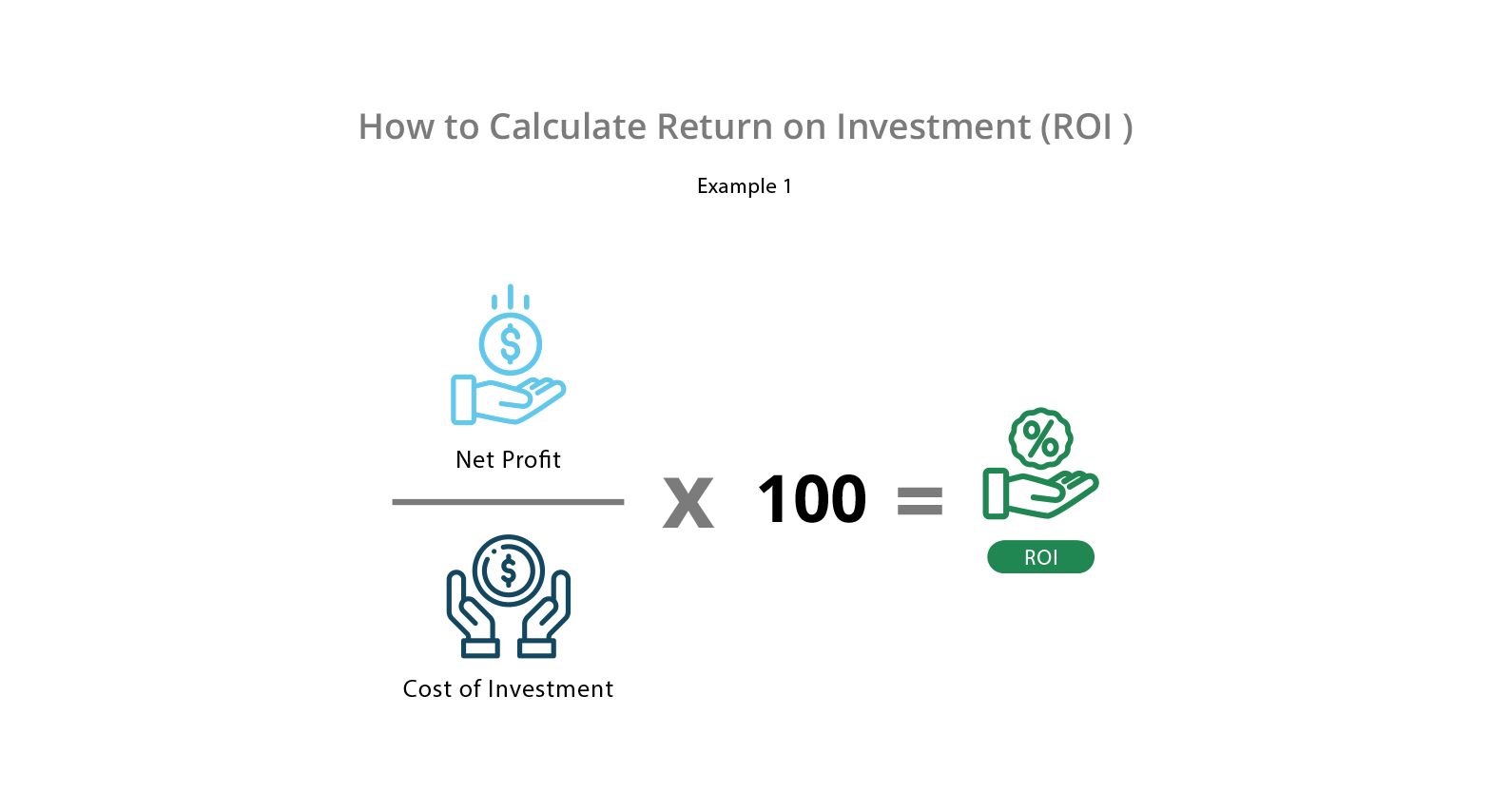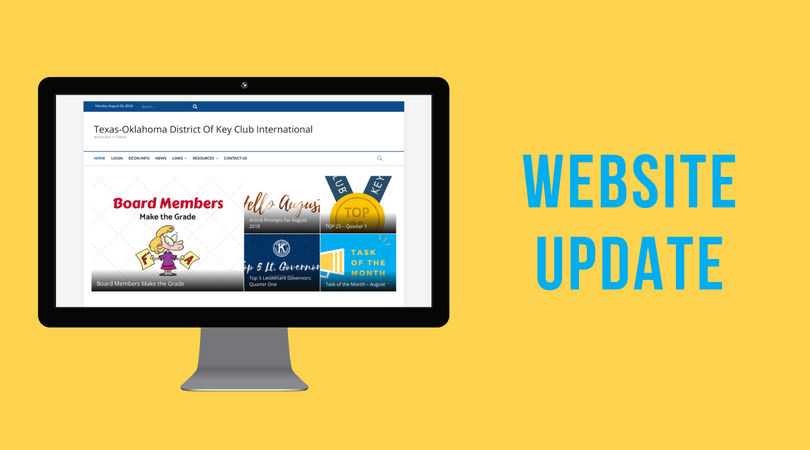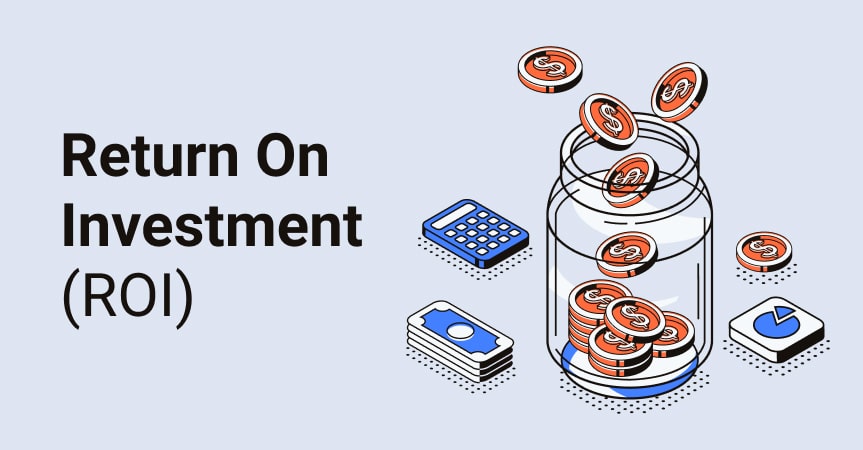In today’s fast-paced digital landscape, a company’s website is often its first point of contact with potential customers. To maintain relevance and efficiency, periodic website updates are crucial. In this blog post, we will explore the tangible benefits of website update, delve into the intricacies of calculating Return on Investment (ROI) in the context of website updates, analyze the associated costs, and provide real-world examples to help you determine if investing in a website update is truly worth it.
Specific benefits of Website Update:
- Enhance Brand Visibility: Consistent updates can amplify your brand’s exposure through word-of-mouth referrals, social media shares, and email campaigns.
- 2. Optimize Your SEO: Maintaining a regular update schedule is pivotal for your website’s search engine optimization (SEO), enhancing its visibility in search results.
- Keep Visitors Informed: Fresh, relevant content fosters trust with visitors who rely on your site for valuable information, establishing a loyal audience.
- Refine Your Marketing Funnel: Regular updates ensure your content stays pertinent to your target audience, refining your marketing funnel and increasing its effectiveness.
- Sustain High-Quality Visuals: Updating visuals like images and videos elevates the user experience, imparting a professional look and feel to your site.
- Engage Returning Customers: Regular updates provide returning customers with fresh content, encouraging their continued engagement and boosting customer retention.
Analyzing ROI Components for Website Update:
1. Identify Costs:
– Development and Design: Include expenses related to hiring web developers, designers, and purchasing updated software or plugins.
– Content Creation: Factor in costs for creating new content, graphics, and multimedia elements.
– Marketing: Consider expenses for promoting the updated website, including social media campaigns and paid advertising.
– Maintenance: Account for ongoing maintenance costs to sustain the updated features and functionality.
2. Quantify Benefits:
– Increased Traffic: Measure the rise in website traffic after the update. Use tools like Google Analytics to track the increase in unique visitors and pageviews.
– Conversion Rate Improvement: Determine if the update leads to a higher conversion rate. Compare the number of visitors who take desired actions (e.g., making a purchase or filling a contact form) before and after the update.
– Average Transaction Value: If applicable, assess if the average transaction value per customer has increased post-update.
– Customer Retention: Analyze customer retention rates. A well-updated website can enhance customer satisfaction and loyalty, reducing churn.
3. Calculate ROI
4. Consider Intangible Benefits:
– Brand Image: An updated website can enhance brand perception, leading to long-term benefits.
– User Experience: Improved user experience can’t always be quantified directly but contributes significantly to customer satisfaction and loyalty.
5. Evaluate Long-Term Impact:
– Consider the long-term effects of the update. Some benefits, like improved SEO and brand reputation, continue to yield returns over time.
6. Regularly Monitor and Adjust:
– Continuously monitor key performance indicators (KPIs) such as traffic, conversion rates, and customer feedback. Adjust your strategies based on these insights to maximize ROI.
Estimating Website Update Costs:
– Domain Name: Every website requires a domain, constituting the initial recurring cost. Typically, domain registration starts at $1 and can extend up to $100 annually. Renewal prices fluctuate between $10 and $129 per year.
– Web Hosting: Website hosting, where all website details are live and stored, is another recurring cost to maintain continuous website activity. Hosting expenses range from $2 to $80 monthly or more, contingent on the chosen hosting type and provider.
– Content Updates: If your website employs a CMS (content management system), updates related to CMS, themes, and plugins are part of general website maintenance1. Costs for these updates vary based on site complexity and service provider choices.
– Design Updates: Expenses for design updates depend on your specific requirements, website complexity, and chosen service providers.
– Tech/Developer Support: Technical support is vital for website maintenance, with service costs averaging $40-$60 per hour.
– Email Services: Some hosting providers include free email services in their hosting plans, potentially saving you money.
– Plugins and Extensions: Maintaining plugins and extensions incurs costs, contingent on their complexity and service providers.
– ECommerce Features: For websites with eCommerce features, maintenance expenses can range from $500 to $5,000 monthly.
– Marketing and SEO: Marketing and SEO services are pivotal for driving website traffic. Costs vary widely based on specific needs and service provider selections.
ROI Analysis:
ROI analysis is a critical step in determining the impact of website updates. It involves assessing the expected benefits against the actual costs incurred, providing valuable insights into the effectiveness of the investment.
Expected Benefits:
- Increased Website Traffic: One of the primary goals of a website update is to attract more visitors. By optimizing content, implementing SEO strategies, and enhancing user experience, businesses anticipate a surge in website traffic.
- Higher Conversion Rates: A user-friendly interface and compelling content can lead to improved conversion rates. Businesses expect more visitors to take desired actions, such as making a purchase or filling out a contact form.
- Reduced Bounce Rates: A well-designed website captures visitors’ attention, reducing bounce rates. Lower bounce rates indicate that visitors are exploring the site, engaging with its content, and finding value.
- Enhanced User Engagement: Interactive elements, intuitive navigation, and engaging multimedia can increase user engagement. Social media shares, comments, and longer time spent on the site reflect enhanced engagement levels.
Actual Costs Incurred:
- Web Development Services: Hiring skilled developers and designers incurs costs. Their expertise ensures the implementation of technical aspects and the overall functionality of the updated website.
- Content Creation: Quality content is essential. Costs associated with professional writing, graphics, and multimedia elements contribute to the overall expenditure.
- Testing and Quality Assurance: Thorough testing is crucial to identify and fix issues. Testing across devices and browsers ensures a seamless user experience, adding to the total cost.
- Promotion and Marketing: Promoting the updated website through online marketing campaigns incurs additional expenses but is vital for reaching the target audience effectively.
Comparing Expected Benefits with Actual Costs:
To assess ROI, businesses compare the expected benefits with the actual costs incurred. Metrics such as increased website traffic, conversion rates, reduced bounce rates, and enhanced user engagement are measured against the total expenditure. If the benefits outweigh the costs significantly, the website update is deemed successful, indicating a positive ROI.
Real-World Examples of Website Update:
1. Amazon: Amazon, the e-commerce giant, continually updates its website to enhance user experience. By analyzing customer behavior, they implement features like personalized product recommendations and a seamless checkout process. These updates have significantly increased their sales and customer satisfaction.
2. Airbnb: Airbnb revamped its website to focus on mobile responsiveness and intuitive navigation. They introduced high-quality images, detailed property descriptions, and user-friendly filters. This update led to a significant increase in user engagement and bookings, showcasing the importance of user-centered design.
3. HubSpot: HubSpot, a leading marketing software company, regularly updates its website to provide valuable content and resources to its audience. By incorporating interactive tools, informative blogs, and free resources, they attract and engage visitors effectively. These updates have contributed to their credibility and customer trust, resulting in higher conversions.
4. Etsy: Etsy, an online marketplace for handmade and unique items, updated its website to emphasize visual appeal. They focused on creating visually appealing storefronts for sellers and simplified the purchasing process. These changes led to a boost in sales for artisans and a better overall experience for buyers.
5. Squarespace: Squarespace, a website building platform, constantly updates its templates and features. Their user-friendly drag-and-drop interface and visually appealing designs cater to both individuals and businesses. These updates have attracted a wide range of users, showcasing the impact of aesthetically pleasing and functional updates.
Conclusion
In conclusion, the ROI of investing in a website update is undeniably worth it for businesses aiming to thrive in the digital realm. By strategically assessing costs, measuring benefits, and learning from real-world examples, businesses can make informed decisions that lead to substantial returns on their investment.
We, Onext Digital, specialize in Web Development Service in 10 years, we guarantee maximum revitalization for your website. Our expertise lies in optimizing interfaces and enhancing user experiences, making Onext the ideal partner for all your website updating needs.”





